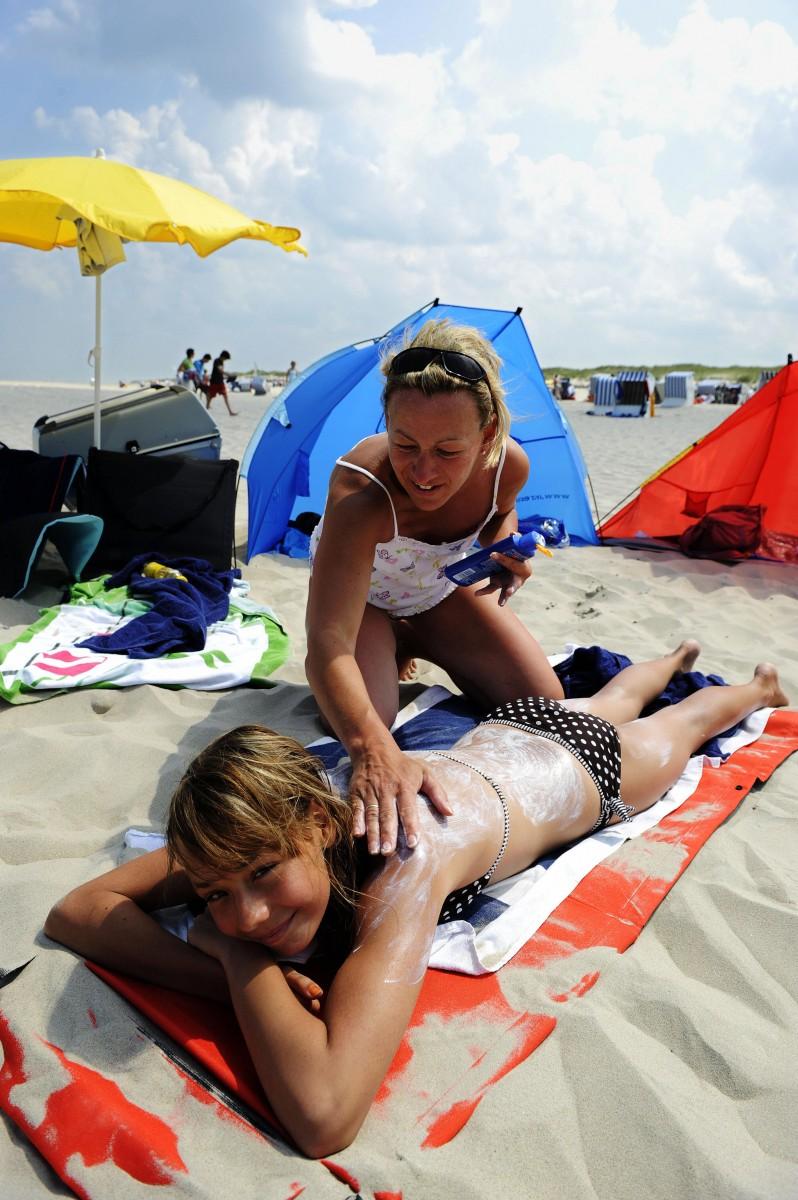
Sun Awareness Week urges sunbathers to take UV protection more seriously. David Heckerd/AFP/Getty Images
A UK health organisation is launching a free mobile phone application this week to help curb overexposure to the sun and reduce the risks of skin cancer.





